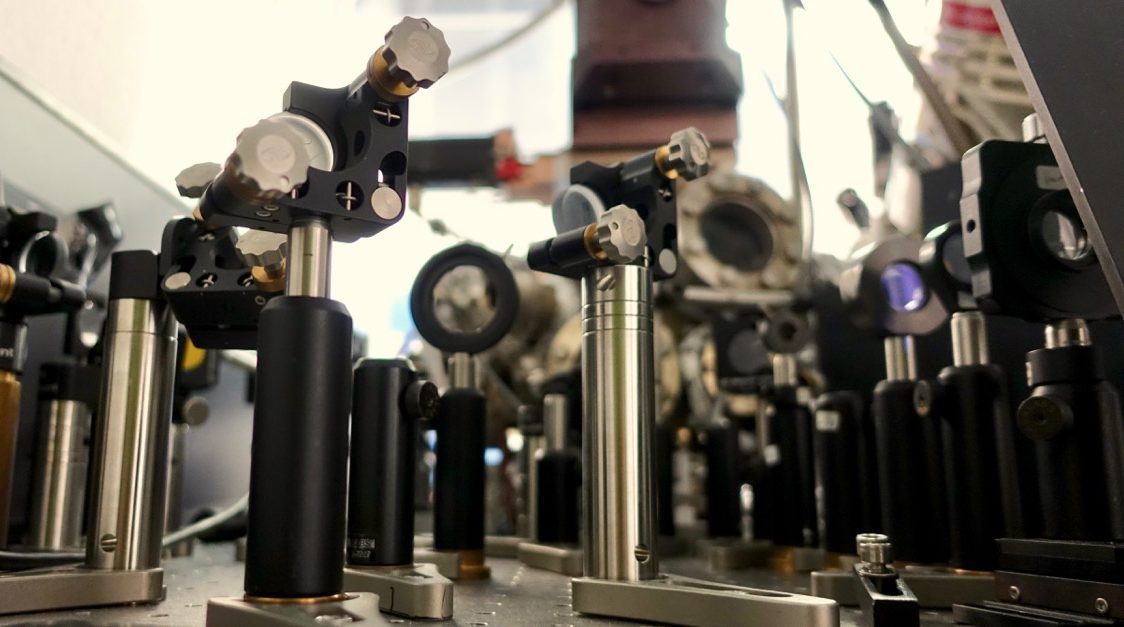In possible proof that good things do indeed come in threes:
- Lu’s long awaited paper Water Dissociative Adsorption on α-Al2O3(1120) is Controlled by Surface Site Undercoordination, Density and Topology was recently accepted for publication in Journal of Physical Chemistry C. If you’ve ever wanted to understand how small amounts of water interact with α-Al2O3 single crystal surfaces (and you should, it’s really interesting) this paper and our previous 3 efforts on this subject make for nice reading.
- A collaborative paper with Mohsen Sajadi, Tobias Kampfrath and Martin Wolf, on the so-called THz Kerr Effect in methanol and how it can help you assign the dielectric response, The Nature of the Dielectric Response of Methanol Revealed by the Terahertz Kerr Effect, was accepted for publication in Journal of Physical Chemistry Letters.
- Yujin’s paper on using VSF spectroscopy to quantify the polarizability of the perchlorate anion at the air/water interface, Experimentally Quantifying Anion Polarizability at the Air/Water Interface, was accepted for publication in Nature Communications.
